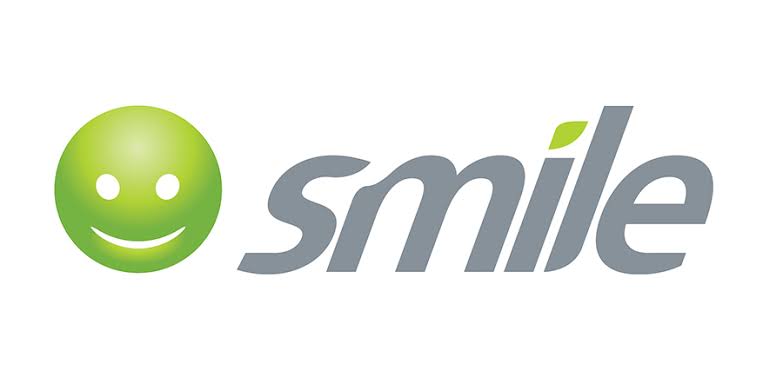2020 has been a year unlike any other. A pandemic that upended daily life and routines. Worldwide economic disruption. Universal uncertainty about exactly what comes next. We’re all traveling in truly uncharted territory.
In business and marketing, it’s not that the core challenge has changed: Deciding on the investments and steps needed to get your business ready to take action on your product, channel, or consumer strategy is still essential. Instead, it’s the traditional idea of what it means to be ready for what comes next — including the familiar playbooks and proven approaches so many businesses relied on in the past — that’s grown outdated, in the space of just a few months.
The good news is that the twin challenges of profound disruption and uncertainty also present businesses with an opportunity to rethink readiness. To reimagine how to best meet consumer demand, even as it fluctuates, and even if it remains volatile. Today, businesses have more data and consumer signals, are better able to act on them and can meet a higher standard for doing all of this more responsibly than ever before.
Research Google conducted in partnership with Deloitte found that Fortune 1000 board members believe the marketing, in particular, can be an engine for business growth, if led by 21st-century CMOs who embrace value-creating roles, such as Innovation Catalyst, Capability Builder, or Growth Driver.
Leveraging these advantages can do more than help you find and capture growth by meeting the demands of the moment. It can also provide you a significant business advantage and help equip your business with the agility and resilience needed to be ready for whatever comes next.
How do we know this? Because many of the most disruptive trends businesses face today — such as keeping up with rapidly shifting consumer demand; creating and maintaining reliable chains of supply and delivery; and making sound business decisions quickly enough to keep up with the competition — aren’t really new at all.
In 2020, the pace of these and other prevailing trends accelerated so much that, in the last six months alone, we’ve probably experienced 10 years’ worth of change.
In that same brief span, we’ve seen businesses embrace digital transformation and thrive. What do I mean by digital transformation? It’s not just — or even primarily — about building a better e-commerce site (as important as that is). It’s about using data and technology to upscale your product and channel capabilities.
Here are a few examples that support the case for digital transformation.
After learning that nearly every domestic and international flight would likely be grounded for months, airlines were forced to cut their losses and look for new growth models. The team at a major U.S. airline used aggregate Google flight demand data to identify routes with low click share and high search demand. They then used those information cues, in combination with first-party data, to prioritize the reopening of some routes over others. Today, this airline has a new product strategy.
When the pandemic threw the entertainment industry into flux, traditional distribution strategies no longer applied. Studios faced a choice. Should they release new films directly to streaming services? In theatre’s with existing demand? Or both? Google helped one major film studio analyse search interest for a new film at the zip-code level to determine whether and where demand existed for a theatrical release. A similar approach can and, in fact, already is being used to optimize retail and QSR distribution and marketing strategies.
When millions of newly at-home consumers accelerated the shift from offline to online transactions, CPG brands faced an urgent need to expand their retail and digital partnerships to develop a compelling online presence and offers. In a program piloted in Italy, Google used signals and data to help brand advertisers drive and measure lower-funnel performances and shift some offline trade activities and budgets to digital.
These examples show that satisfying dynamic consumer demand is where today’s tools and technologies are best suited to helping businesses get ready for what’s next. Because today it’s possible to do more than just meet the explicit needs revealed by the consumer journey. Today you can meet consumer demand in real-time, at scale, and in ways that people find meaningful. And that’s a recipe to grow your business.
We tested this in a new piece of research, Rethinking Readiness, where we created ads that went beyond meeting explicit search behaviour, and spoke to a range of real human needs that often go unspoken — things like “inspire me” or “make me feel taken care of.”
We imitated elements of Google’s automation tools and information cues to deliver those ads to participants in the study. We found that these ads drove up to 30% higher click-through and more than 15% higher purchase intent — above and beyond ads that already had basic personalization.
What’s more, people responded to ads that communicated these deeper meanings even more than to ads focused on things they said were most important to their purchase decisions, like product quality and value for money.
The ads worked not because they were personalized, but because they were meaningful, sparking a more than 31% increase in excitement and an over 50% increase in pleasant surprise while reducing indifference by 68%.
Our research showed that even moderate use of Google signals can yield more meaningful ads that drive big results, including double-digit jumps in purchase intent, click-through, brand love, and brand trust — metrics that matter to all marketers.
So what’s the enduring lesson? The tools and insights available to marketers today uniquely equip you to be drivers of business growth and resilience. And in these ever-changing times, Google’s unwavering commitment is to help you get ready for whatever comes next.
Source: Advertisingweek360









Comment
No comments found.